Pindo Palm Propagation: Learn About Propagating Pindo Palms
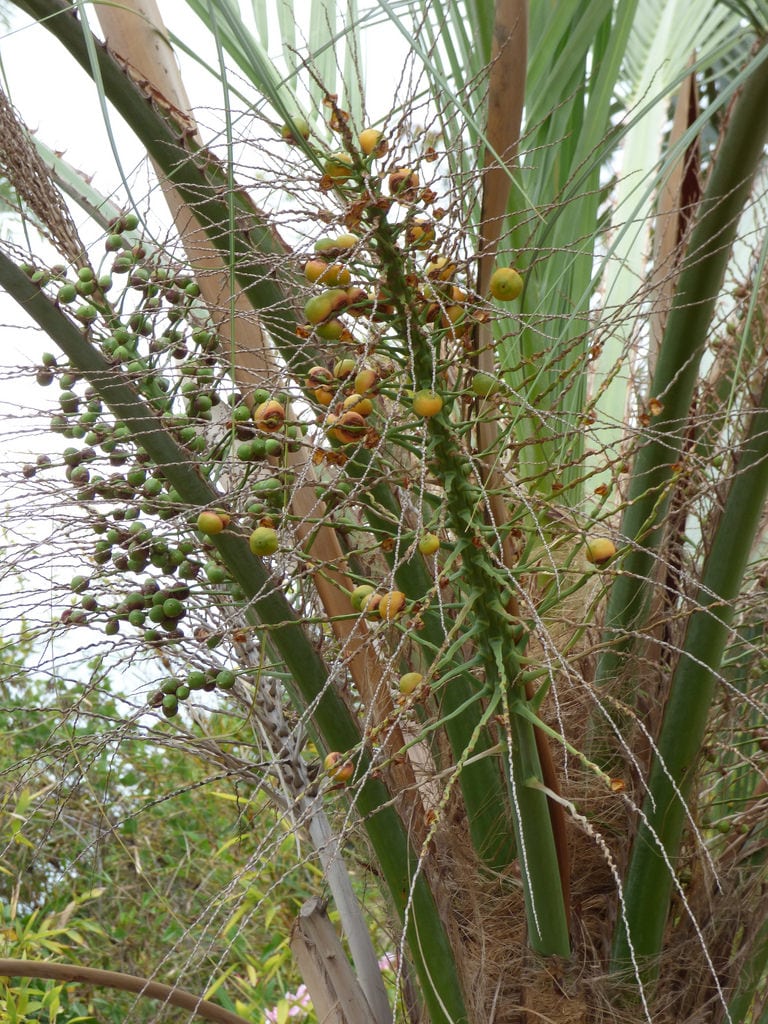

Pindo palms are classic "feather palms" with the attendant wing-like fronds. Propagating palms is not as simple as collecting a seed and planting it. Each species needs a different pre-treatment before planting the seeds. Pindo palm trees are no exception. Germinating pindo palm seeds requires some patience and know how to get the process correct and achieve a baby palm. The following article outlines how to propagate a pindo palm with the steps needed for success.
Propagating Pindo Palms
Pindo palms are relatively cold tolerant plants. They do grow from seeds well, but the seed needs to undergo several stringent conditions, and even then, seed is slow to germinate. It can take nearly 50 weeks before germination occurs in the best conditions. Pindo palm propagation may be challenging, but the end result is a wonderful new plant. Fresh, ripe seed is the most viable and easy to germinate. Fruits should be bright orange when ripe. You will need to remove the pulp, soak, and sterilize prior to planting the seeds. Cut off the flesh to remove the pit inside. This may be irritating to some people, so wear gloves when handling the pulp.
How to Propagate a Pindo Palm Seed
You will first need to soak the pit. This helps soften the exterior leading to further success in germinating pindo palm seeds. Soak pits for seven days, changing the water daily. Then dip seeds into a 10 percent solution of bleach and water and rinse thoroughly. Fungal and bacterial diseases can mostly be dispensed with this method. The removal of the endocarp is the next part of propagating pindo palms. Some suggest this is not necessary, but the hard covering on the outside of the pit or the endocarp is difficult to crack and can result in increased germination times if not removed. Use a pair of pliers or a vise to crack the endocarp and remove the seeds. You may opt to soak these or simply prepare a soilless mixture of perlite, vermiculite, or other material that has been moistened. You may also use sterilized potting mixture. Knowing how to propagate a pindo palm is just half the battle. Proper planting, site, and care are also crucial to this finicky plant's germination. Pindo palm trees in the wild can take up to two years to germinate naturally. Create a pre-drilled hole and gently place the seed therein, barely covering it with moist medium. Keep seeds warm but out of direct sunlight. Temperatures of 70 to 100 degrees F. (21-38 C.) are best. Keep the containers moderately moist, never allowing the medium to dry out. Now the hard part. Wait. It can take quite a while but don't forget your seeds. In time, you will enjoy baby pindo palm trees, quite a feat and a labor of love.
Gardening tips, videos, info and more delivered right to your inbox!
Sign up for the Gardening Know How newsletter today and receive a free copy of our e-book "How to Grow Delicious Tomatoes".

Bonnie Grant is a professional landscaper with a Certification in Urban Gardening. She has been gardening and writing for 15 years. A former professional chef, she has a passion for edible landscaping.
-
 8 Perfect Flowers To Plant With Tomatoes To Boost Yields & Banish Pests
8 Perfect Flowers To Plant With Tomatoes To Boost Yields & Banish PestsDon’t forget flowers when choosing companion plants for your tomato beds or pots. These pretty, fragrant blooms add beauty but are also highly beneficial.
By Mary Ellen Ellis
-
 Want The Longest Lasting Hydrangea Flowers? Grow These 8 Panicle Hydrangea Varieties
Want The Longest Lasting Hydrangea Flowers? Grow These 8 Panicle Hydrangea VarietiesFor ornamental shrubs that deliver the longest flowering seasons with plush blooms and delicate hues, these panicle hydrangea varieties are essential in your yard
By Tonya Barnett
-
Common Pindo Palm Pests – How To Control Pests Of Pindo Palm Trees
Pindo palms are generally very healthy trees if planted appropriately. However, there are a few insect pests of pindo palm trees, including the palm leaf skeletonizer and scale insect. For more information on pindo palm pest problems, click here.
By Teo Spengler
-
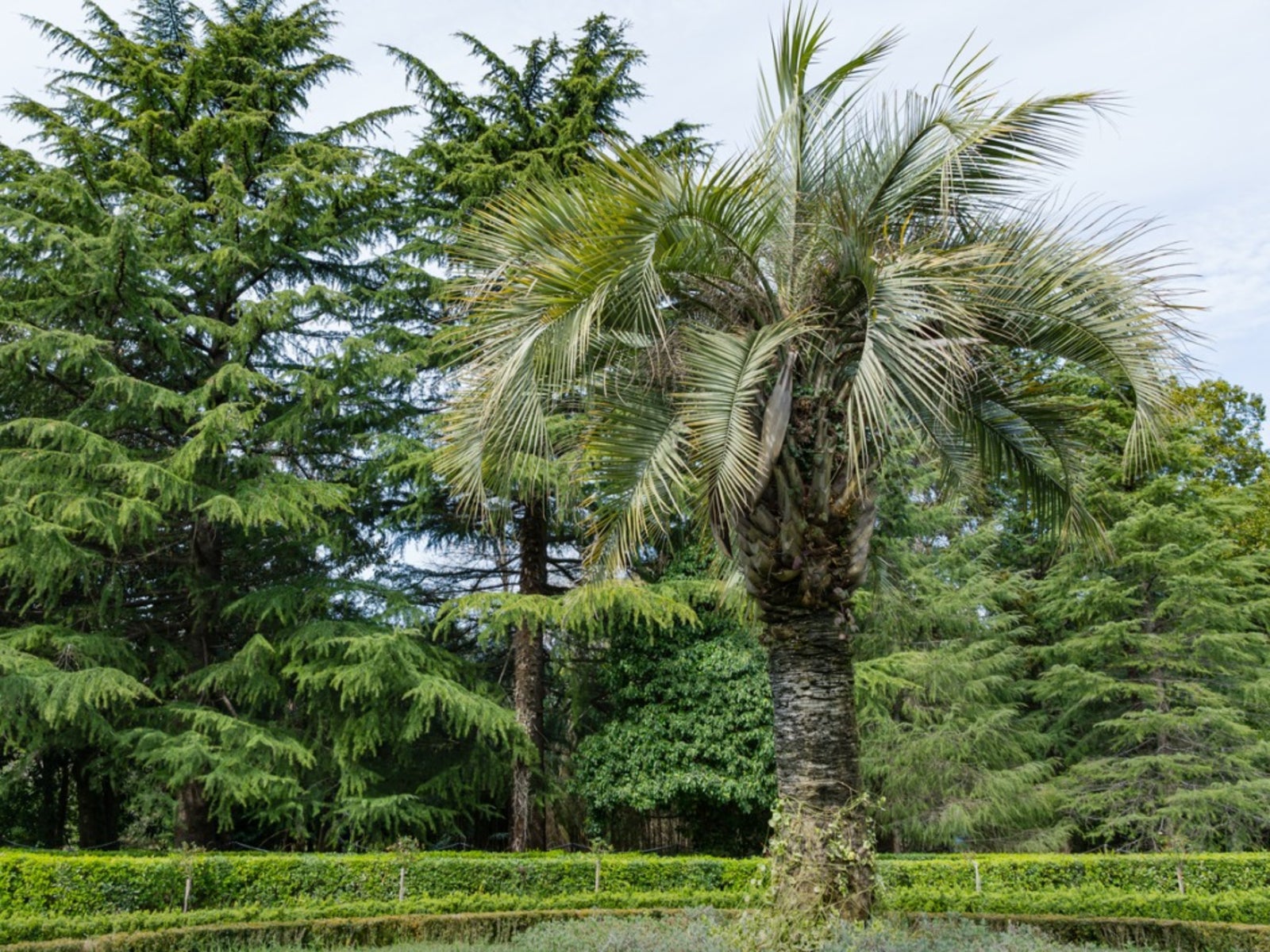 Is My Pindo Palm Dead – Treating Pindo Palm Freeze Damage
Is My Pindo Palm Dead – Treating Pindo Palm Freeze DamageCan I save my frosted pindo palm? Is my pindo palm dead? Even this tough palm can be damaged by a sudden cold snap. Click here and learn how to assess pindo palm frost damage. There’s a good chance the plant will rebound when temperatures rise in spring.
By Mary H. Dyer
-
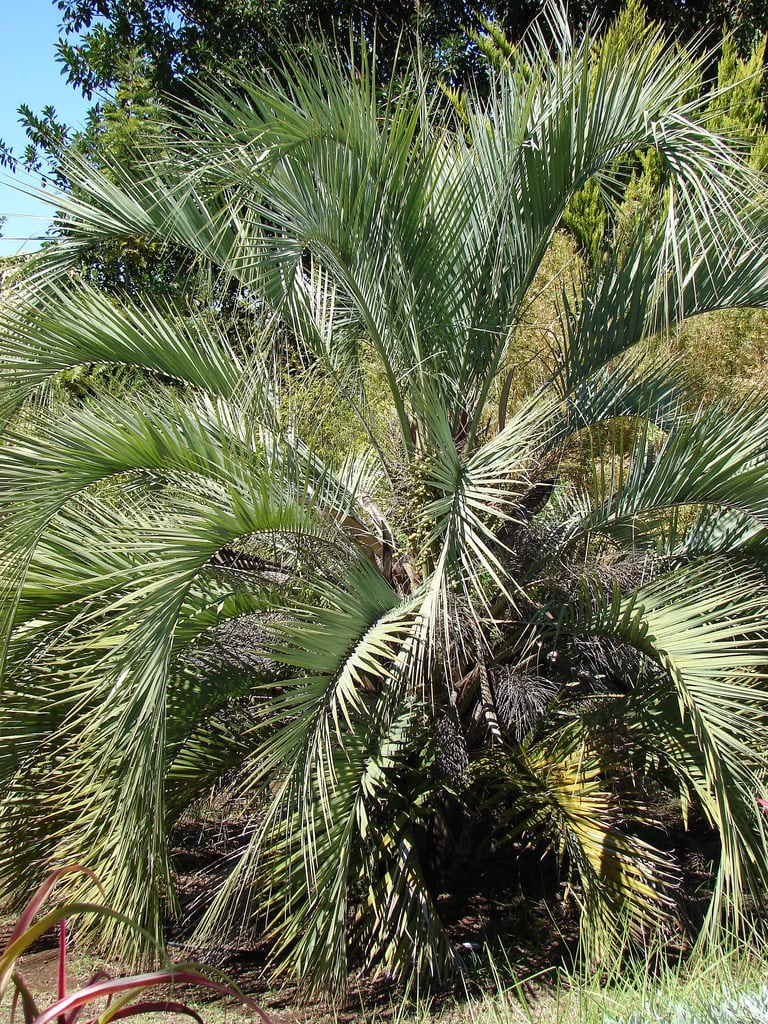 Pindo Palm Cold Hardiness – Can Pindo Palms Grow Outdoors In Winter
Pindo Palm Cold Hardiness – Can Pindo Palms Grow Outdoors In WinterYou may live where winter means sub-freezing temperatures and still be able grow pindo palm trees. It's possible for them to survive in your part of the world, but only with proper winter protection. For pindo palms, it's an ongoing process, and this article can help.
By Gardening Know How
-
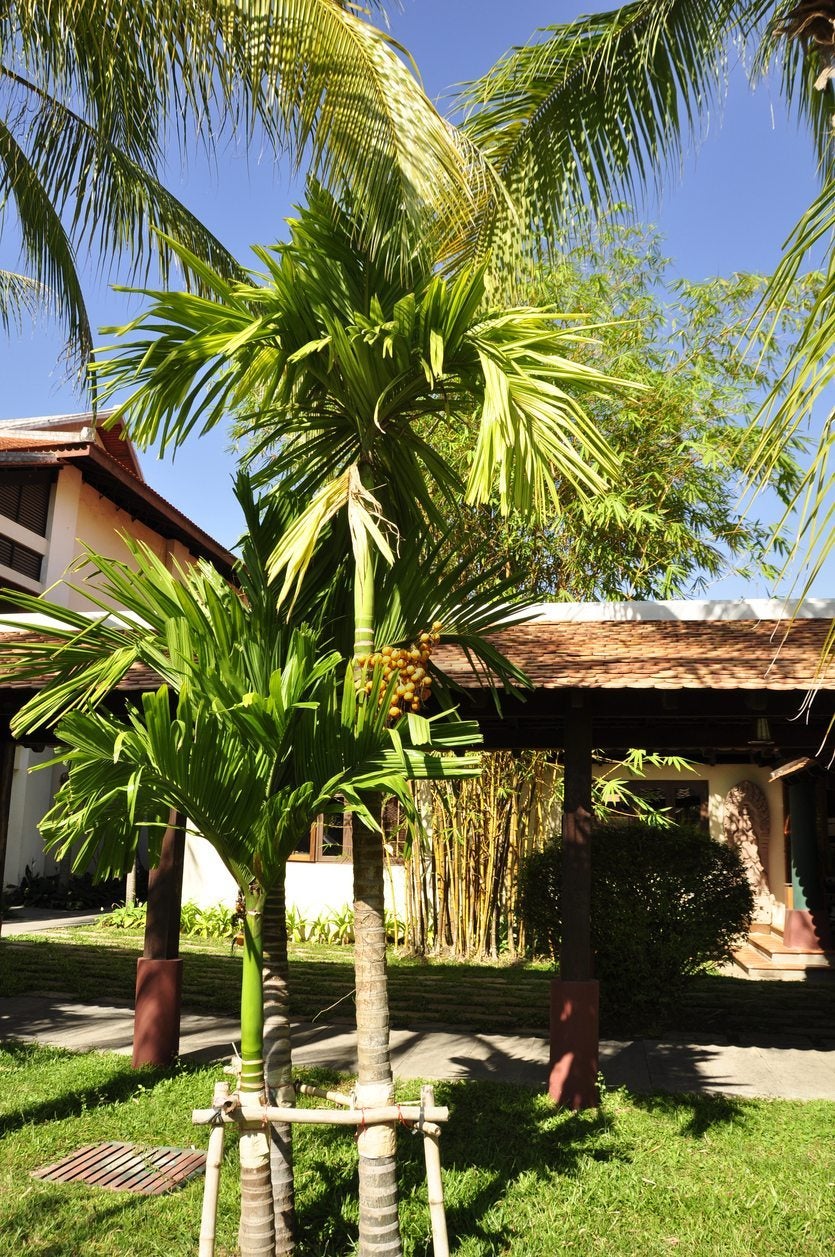 Pindo Palm Disease Info: Learn How To Treat Sick Pindo Palm Trees
Pindo Palm Disease Info: Learn How To Treat Sick Pindo Palm TreesPindo palm trees suffer from nutritional deficiencies but fungus or occasional bacteria are usually the causes of diseased pindo palm plants. Click this article for more information on pindo palm disease and what to do for prevention and control.
By Bonnie L. Grant
-
 Pindo Palm Issues: Common Problems With Pindo Palms
Pindo Palm Issues: Common Problems With Pindo PalmsEven though they tolerate cold, you might still have issues with a pindo palm. Problems with pindo palms may be insect or disease related - or both. The following article contains information on common pindo palm problems and how to manage pindo palm issues.
By Amy Grant
-
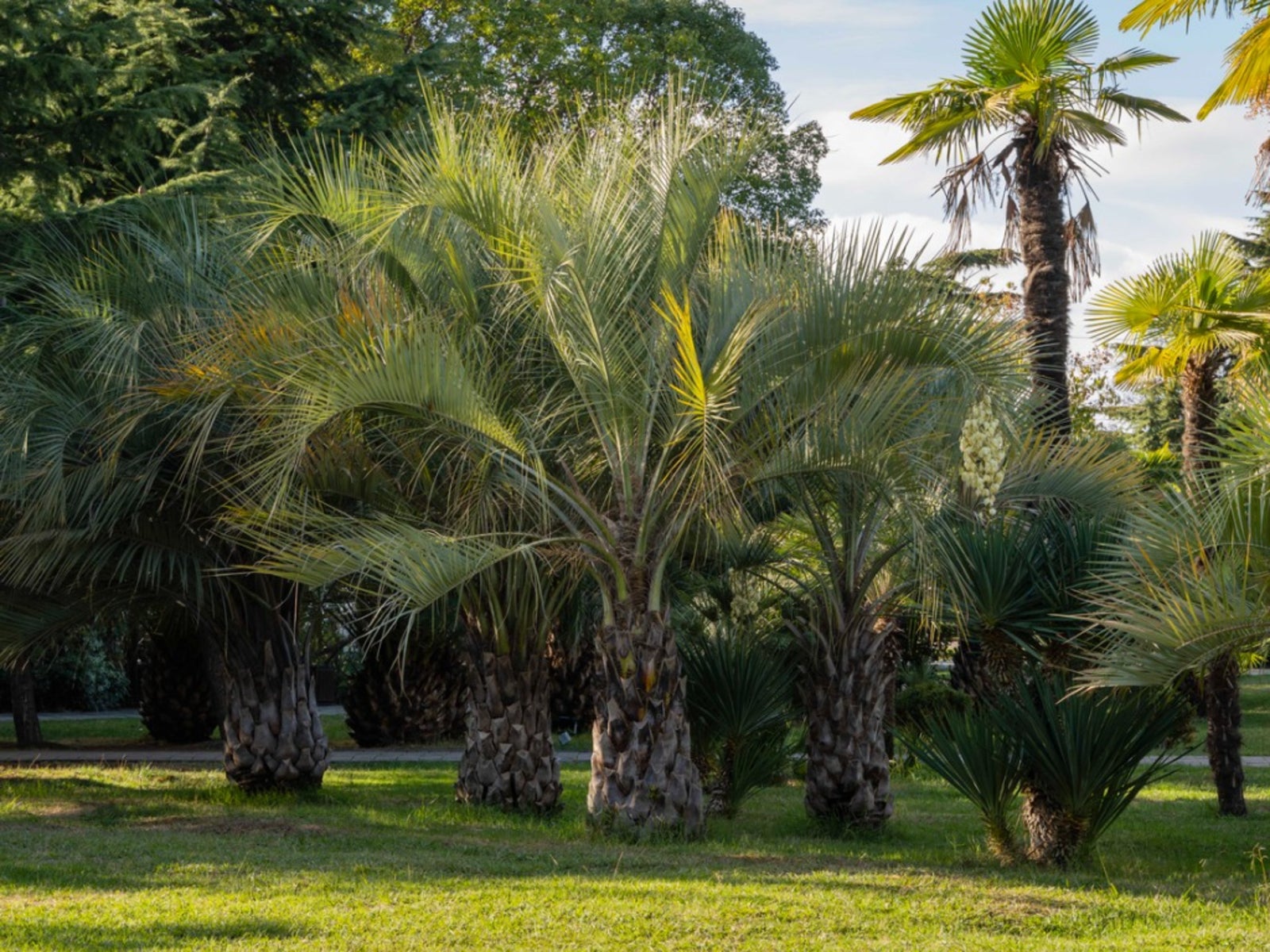 Pindo Palm Fertilizer Needs – Learn How To Feed A Pindo Palm Tree
Pindo Palm Fertilizer Needs – Learn How To Feed A Pindo Palm TreePindo palms are popular trees, especially in public landscapes. But homeowners and gardeners may find themselves wondering: how much fertilizer does a pindo palm need? Click here to learn more about pindo palm fertilizer needs and how to feed a pindo palm tree.
By Liz Baessler
-
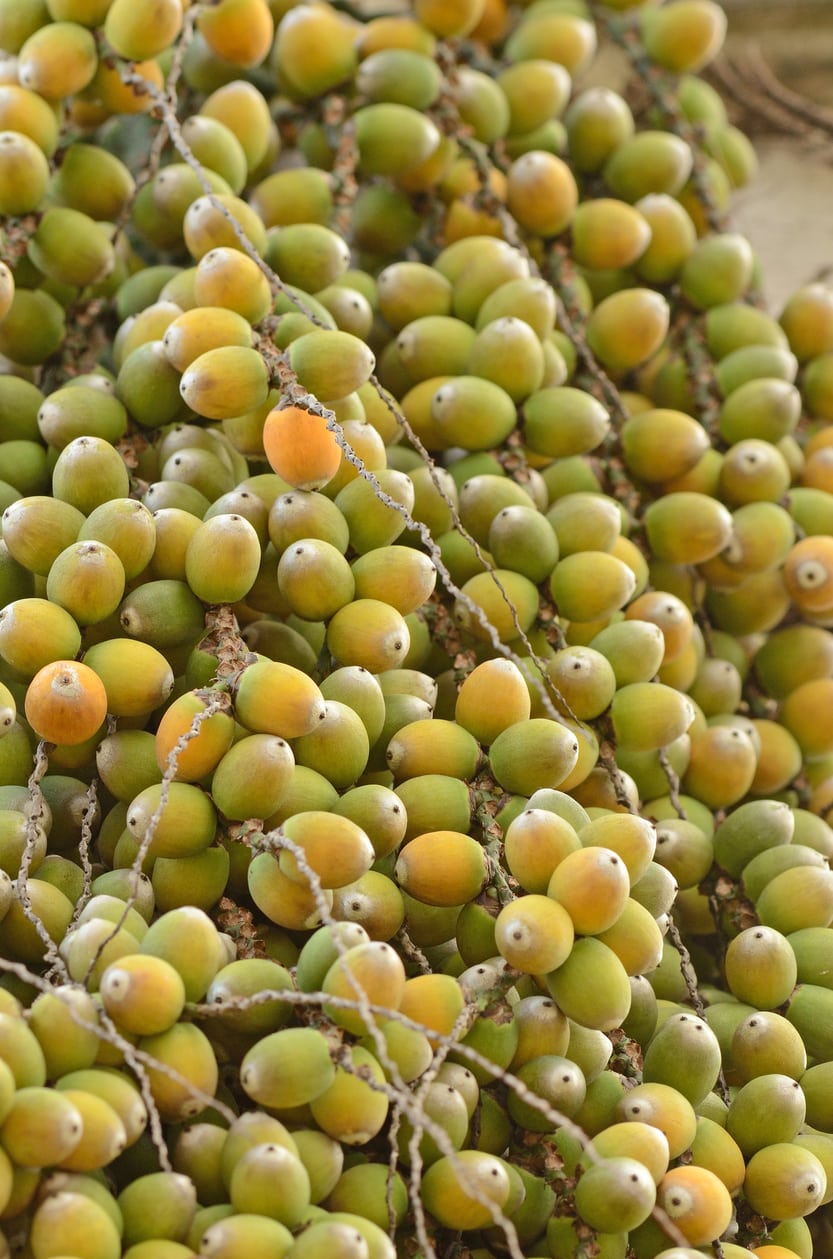 Jelly Palm Fruit Uses – Is The Fruit Of The Pindo Palm Edible
Jelly Palm Fruit Uses – Is The Fruit Of The Pindo Palm EdibleGrown both as an ornamental and for its tolerance to the hot, dry climate, pindo palm (jelly palm) trees bear fruit too, but the question is, "Can you eat pindo palm fruit?" Click this article to find out if the fruit of the pindo palm is edible and jelly palm fruit uses, if any.
By Amy Grant
-
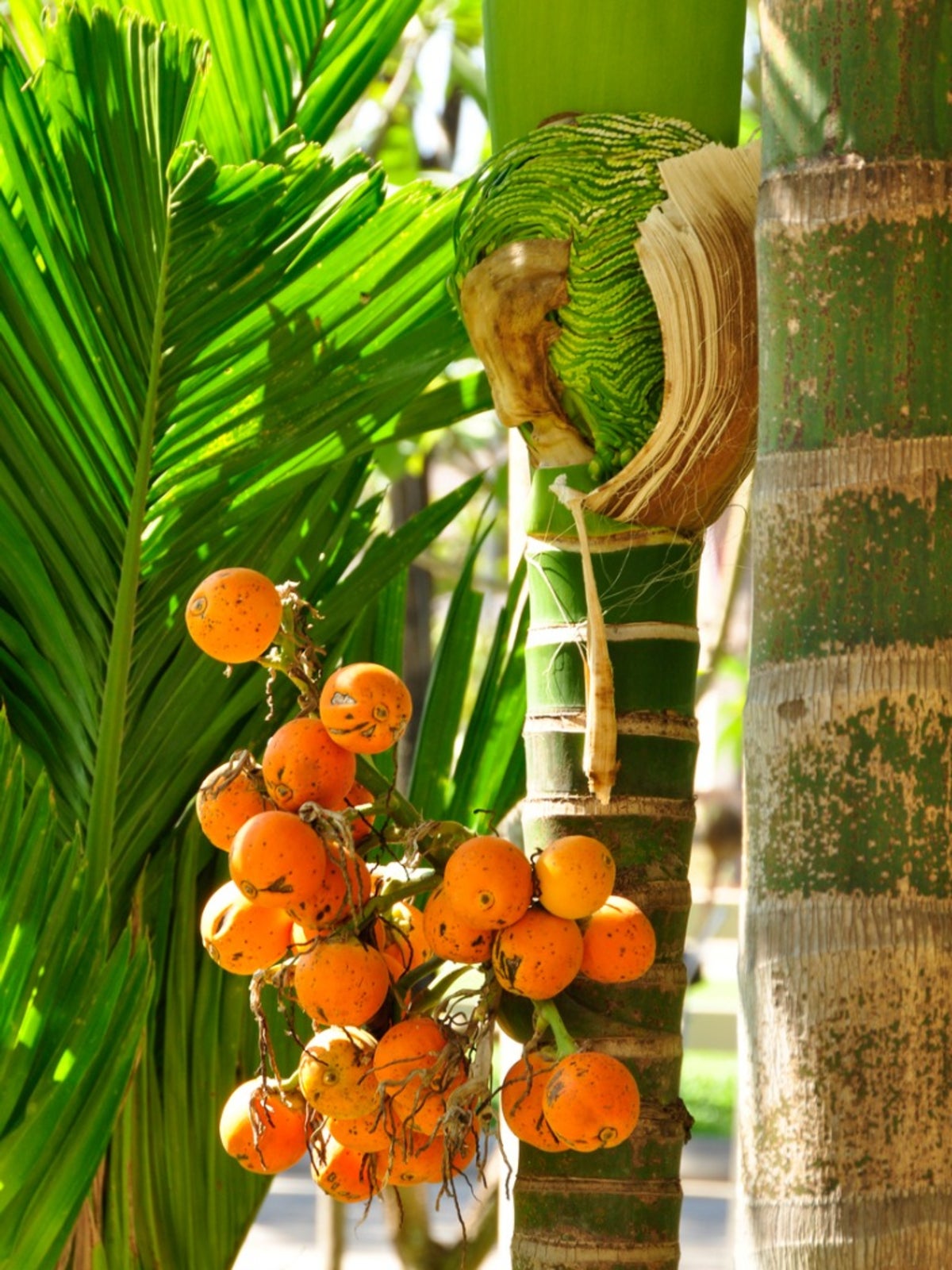 Caring For Pindo In A Container: How To Grow A Pindo Palm In A Pot
Caring For Pindo In A Container: How To Grow A Pindo Palm In A PotIt's easy and convenient to grow pindo palm in a pot or container since these palms grow very slowly. For more information about pindo in a container and the growth requirements for container grown pindo palms, this article will help.
By Teo Spengler